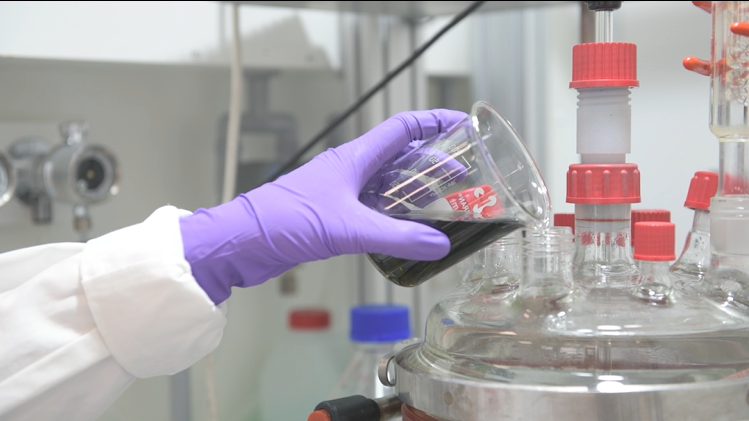Project update — 10 Jan 2023
A review article has been published within the framework of the ASTRABAT project. It analyses the potential of 3D inkjet printing technology to be used in the battery field.
Inkjet printing is an advanced technology that allows the creation of high-resolution 2D/3D structures at the microscale. It is a very promising manufacturing method that may contribute to important advancements in the battery field. Among other, it offers numerous advantages compared to currently used technologies, including cost-effectiveness, ease of use, reduced waste material, and scalability. However, the process is challenging, especially in terms of ink formulation.
In this paper, the main issues related to this technology are considered. Also, the writers propose a roadmap to a successful inkjet printing of lithium-ion batteries’ electrodes. Finally, previous research in the field is summarised, revealing potential gaps.
This paper is a result of the research activities carried out within the ASTRABAT project, in which inkjet printing is used to fabricate next-generation 3D electrodes that show enhanced performance compared to conventional 2D layers. Obstacles encountered during the process, and the fact that only a few studies have been conducted on the subject inspired the writers to identify potential issues, which may block further development in the field.
Kinga Sztymela, PhD candidate in materials science at IRCER, who led the research on the topic, states that “although there are many strategies that can be implemented to advance in the battery field, there are also numerous obstacles to overcome. Therefore, the development of next-generation Li-ion batteries requires a lot of effort. In science, negative results don’t exist. Each outcome brings something new. Although we were a bit pessimistic at the beginning, this paper was written with a lot of enthusiasm, showing all ‘bad results’ as interesting findings”.
Read the paper here: https://www.sciencedirect.com/science/article/pii/S2405844022039111
Image credits: Jean-Claude Moschetti, IRCER



